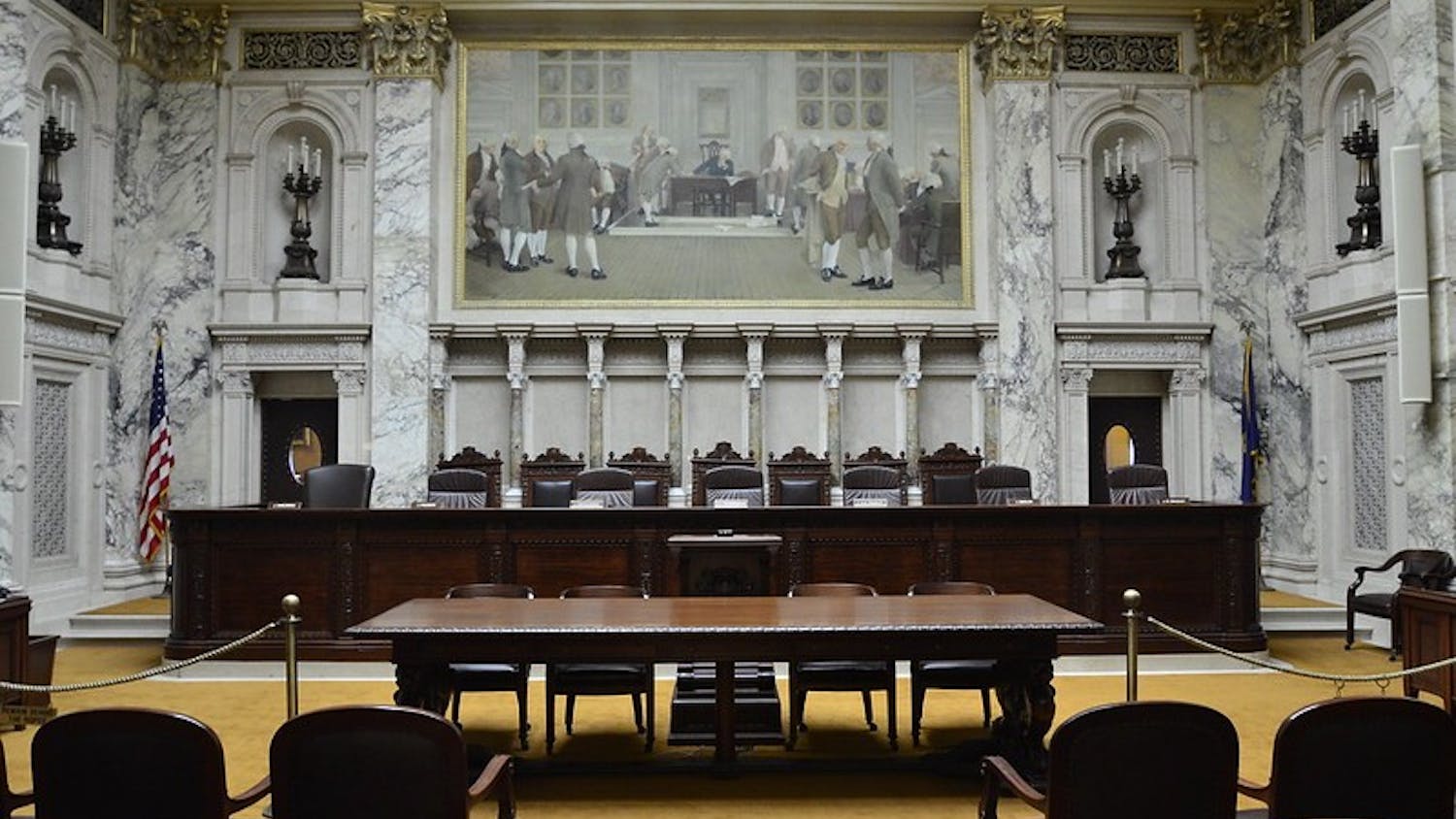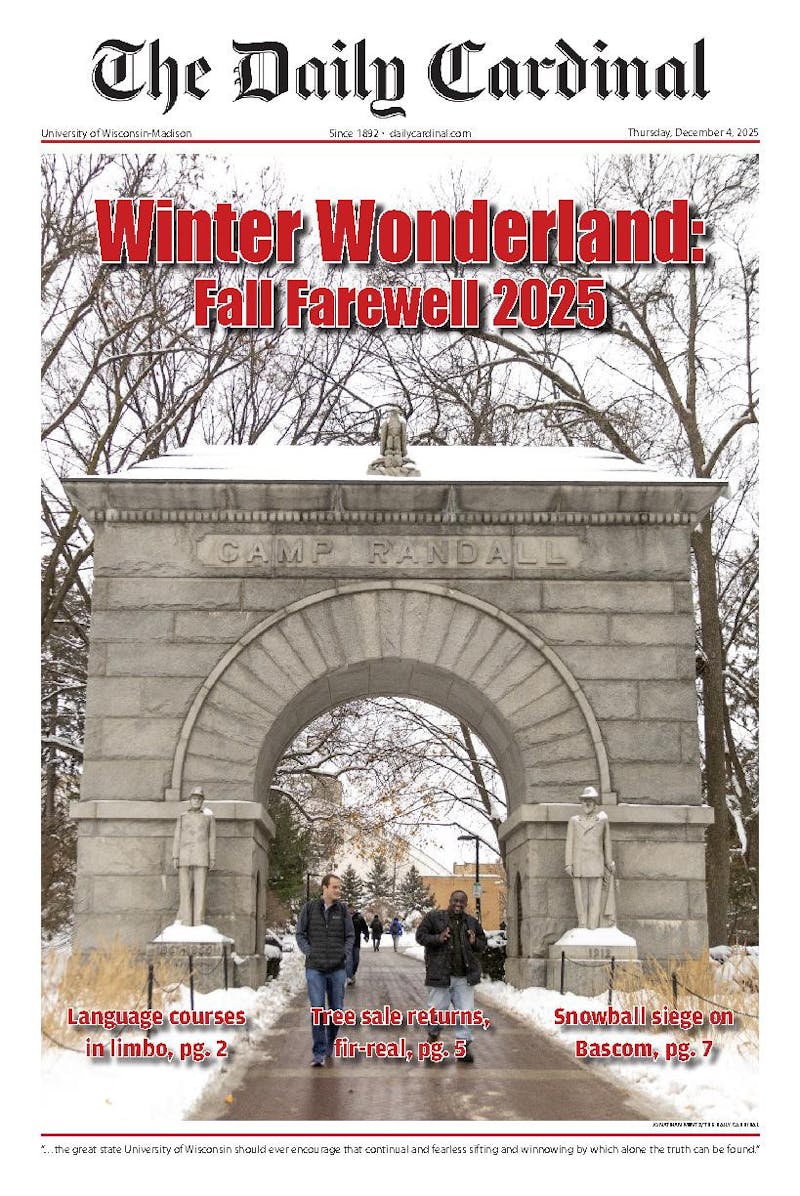Lauren Redniss, author of the University of Wisconsin-Madison’s 2012 Go Big Read selection “Radioactive,” visited Union South Thursday to speak to a crowd of several hundred about her book as well as her past writing and artistic projects.
“Radioactive” tells the story of the lives and scientific achievements of Marie and Pierre Curie, who discovered radioactivity and two new elements, radium and polonium. The book also explores repercussions of their work, including the consequences of the atomic bombing of Hiroshima.
Redniss said she conducted research in the process of creating “Radioactive,” including travelling to Poland and Hiroshima, where she was inspired by the beauty created by lingering reminders of the atomic bombing.
Redniss said she always wants a new project to contain elements missing from its predecessor. After her first book, “Century Girl,” which she called “very much a spectacle” due to its stories about a woman whose life was glamorous and sensational, she sought something different.
“I wanted to go in the opposite direction, so I decided to tell a story about interior lives and invisible forces,” Redniss said. “So the two invisible forces [in] the lives of Marie and Pierre Curie that I wanted to focus on were radioactivity and love.”
Redniss began her career creating artwork for The New York Times, but said she wanted an opportunity to tell a longer story and work in color, which prompted her to begin writing books.
According to Redniss, one of the most notable aspects of “Radioactive” is its characteristic visual style.
Redniss created the artwork, which evolves from simple black-and-white line drawings to elaborate colorful pieces as the story progresses, using a camera-less photography method called cyanotype. She said she colored the illustrations by hand and created the original typeface in which the book is printed, citing the imperfection and human touch as important for creating the book’s tone.
“It’s very important to me that the artwork and the design are created in such a way that they amplify the book’s themes and broader meaning,” she said. “I wanted the book to be a complete object with every aspect carefully considered.”






